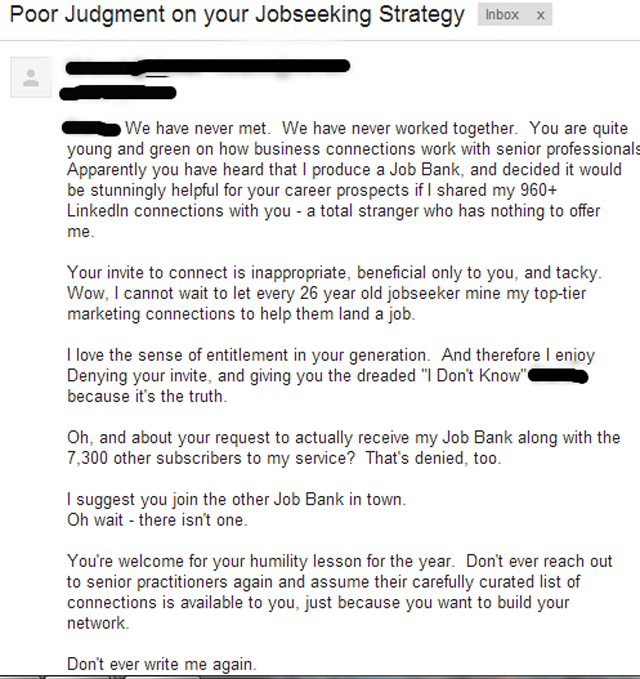Subscribe: Apple Podcasts | Android | RSS
A couple weeks ago, Joe talked about his dismay at the social media communications from his local power company during a more than two day power outage in Ottawa following a devastating tornado. Well, you listened, and you told us that we (at least Joe) was being too demanding in what he expected of communicators in a crisis. We received some thoughtful feedback which we read and react to on this week’s episode. Thank you Chip Griffin, Sean O’Driscoll and Shannah Hayley. Your comments made us think twice about our expectations of social media.
We also discuss Twitter’s release of the Tweets from foreign Trolls trying to influence the US election. It’s clear that the mischief makers are constantly revising their approach, presenting a moving target for researchers and members of the public who are trying to protect themselves form their influence. The bottom line: they targeted the most active people, presenting extreme positions on both sides of wedge issues, with the intention of undermining trust and pushing people into extreme positions.
Finally, we look at reports that Twitter soon will provide greater transparency about whether a tweet was removed voluntarily or was in fact taken down for a violation of the platform’s terms of use. Displaying a notification that a tweet has been removed because of a violation of the terms of reference will provide even casual readers with a visual cue about the quality of an account. A small move, but one that will make a contribution to our ability to spot trollish accounts.
Linkworthy
- Chip Griffin’s comment on his experience with social media in a crisis
- Shannah Hayley’s Tweetstorm about Joe’s expectations of social media in a crisis
- Sean O’Driscoll on Twitter
- Twitter releases archive of 10 million tweets from state-backed troll accounts, Kelly Makena
- Twitter’s post: Enabling further research of information operations on Twitter, Vijaya Gadde and Yoel Roth
- #TrollTracker: Twitter Troll Farm Archives, Ben Nimmo, Graham Brookie, and Kanishk Karan.
- Twitter will soon indicate when a reported tweet was taken down, Nick Statt
Subscribe to the Inside PR podcast
We’re trying to be wherever you want us to be. So, you can subscribe to Inside PR on the most popular podcast apps.
- Subscribe to Inside PR on Apple Podcasts
- Subscribe to Inside PR on Spotify
- Subscribe to Inside PR on Google Play
It’s your turn.
We’d love to know what you think about the topics we discussed as well as your suggestions for questions you’d like answered or topics for future shows.
- Leave a comment on the Inside PR Facebook group or the FIR Podcast Network Facebook group,
- Send us an email or an audio comment to [email protected],
- Interact with us on Twitter. We’re @inside_pr or connect directly with Gini Dietrich, Joseph Thornley, and Martin Waxman.
- And, of course, you always can leave a comment below this post.
Please rate us on Apple Podcasts
We hope you like the podcast as much as we like making it for you. If you do, we have a favor to ask: If you like this podcast, please rate us on Apple Podcasts.
Thank you to the people behind Inside PR.
Our theme music was created by Damon de Szegheo; Roger Dey is our announcer. Inside PR is produced by Joseph Thornley.

Unfair and Egotistical?! – Inside PR 525 by Joseph Thornley, Gini Dietrich, Martin Waxman is licensed under a Creative Commons Attribution-NonCommercial-ShareAlike 4.0 International License.

